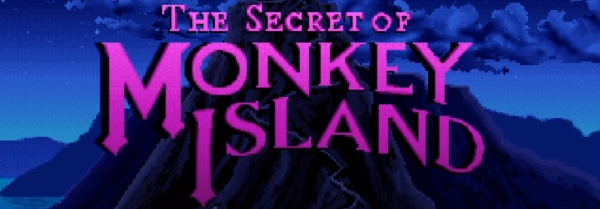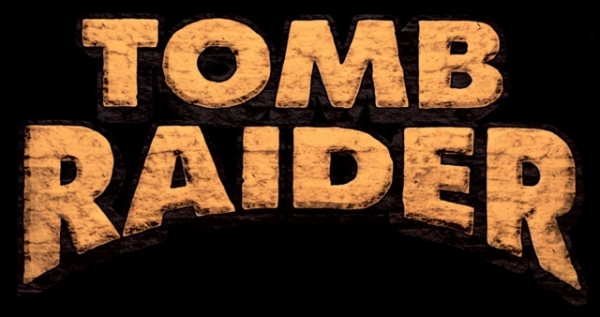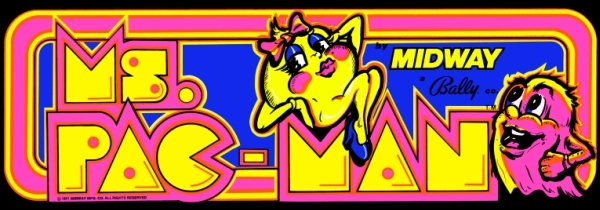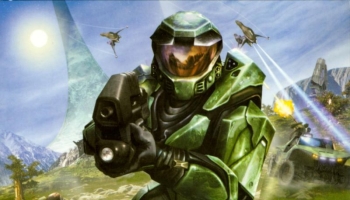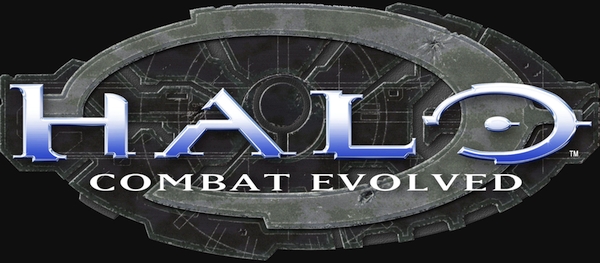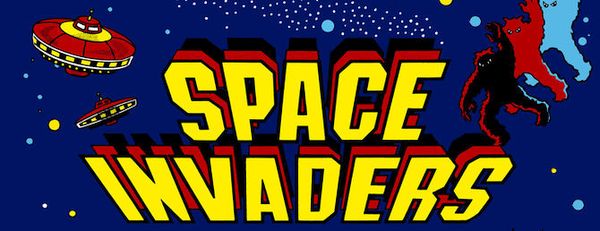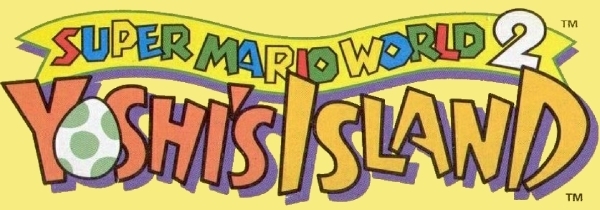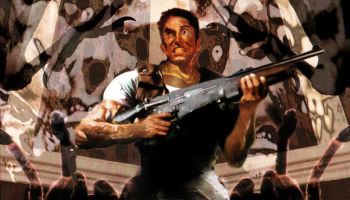
The latest VGC Essay looks back at the true stories behind some of gaming’s greatest urban legends, most of which seem to revolve around Pac-Man. Here’s a teaser…
With more than 40 years of history behind it, it’s not surprising the video game community has developed its own catalog of urban legends that have been passed from player to player over the years. Everyone who played it desperately tried to resurrect Aerith after her tragic demise in Final Fantasy VII, and we all heard stories about the “nude codes” that supposedly existed in games like Tomb Raider, Mortal Kombat II, and The Sims.
Unfortunately, every one of those rumors has more in common with the hook man at lover’s lane than they do with the unvarnished truth. But some of the legends are true. And nearly all of them revolve around Pac-Man in some way.
Pac-Man is a simple creature. Just a yellow circle with a triangular wedge removed to represent his mouth. Some will say his design was simplistic because the designers at Namco were working within the hardware limitations of the day. Those people would be wrong. The inspiration for Pac-Man overcame Namco’s Toru Iwatani after he snatched the first slice at a company pizza party and noticed that it looked like a circle with a mouth.
But it gets weirder from there.


